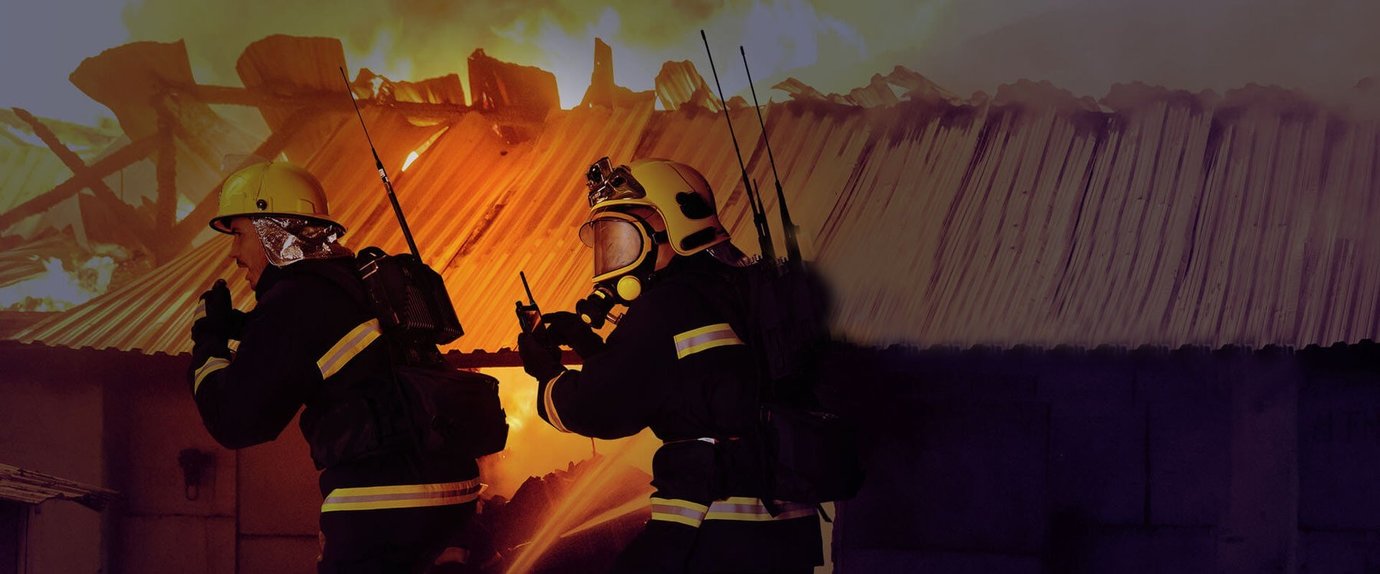Critical communication for fire fighters during COVID-19
During this global pandemic, the fire services are essential workers; on the front line during the fight against COVID-19. Because of this, communication has never been more mission critical.

Having communication solutions suitable for extreme conditions is only part of it, all solutions have to be reliable and easy to use, ensuring different departments can still communicate in real-time – whilst adhering to social distancing regulations wherever possible.
This reliable communication is essential both for calls coming through to the fire station, ensuring that the appropriate fire appliances and crews are dispatched, through to the handheld devices the firefighters use to communicate with the fire station when they’re heading to an incident.
UK FRSs deploy a mix of both TETRA and Digital Mobile Radios (DMR) digital radios and some analogue radios. This mix might seem a little surprising at first, but Simon Bingham, senior account manager at Radiocoms Systems, which has supplied radio equipment to almost all of the UK’s Fire & Rescue Services over many years, explains why this is.
“What happens in a typical fireground set up is that once the 999 call is made and the incident is booked into the system, the call goes to the fire station and the appropriate fire appliances and crews are dispatched. The fire appliances are equipped with TETRA mobile radios, which use the UK’s nationwide Airwave emergency services communications network.
“On the way to the fire or incident, the firefighters use the Airwave TETRA network to talk to each other and to the dispatcher in the command and control centre and to collect information on the incident on the way to the fire,” explains Simon.
However, once the firefighters are at the scene of the fire, they then rely on their hand portable two-way radios whilst managing the task at hand. It’s at this stage that having durable and fall-proof solutions is most essential.
“In a typical house fire, you’ll have a team outside damping down the fire, spraying water and so on, and breathing apparatus (BA) teams working in pairs, who are counted in and out of the building by the entry control officer. They use two separate radio channels: a BA channel and an incident channel. The National Operational Guidance (NOG) for the fire service provides a standardised channel plan,” says Simon.
All of these communication solutions have to work together seamlessly for the firefighters to work safely and efficiently during the extremely time critical situations their job entails – even more so within this current climate, where communicating digitally is key.
2 May 2020

